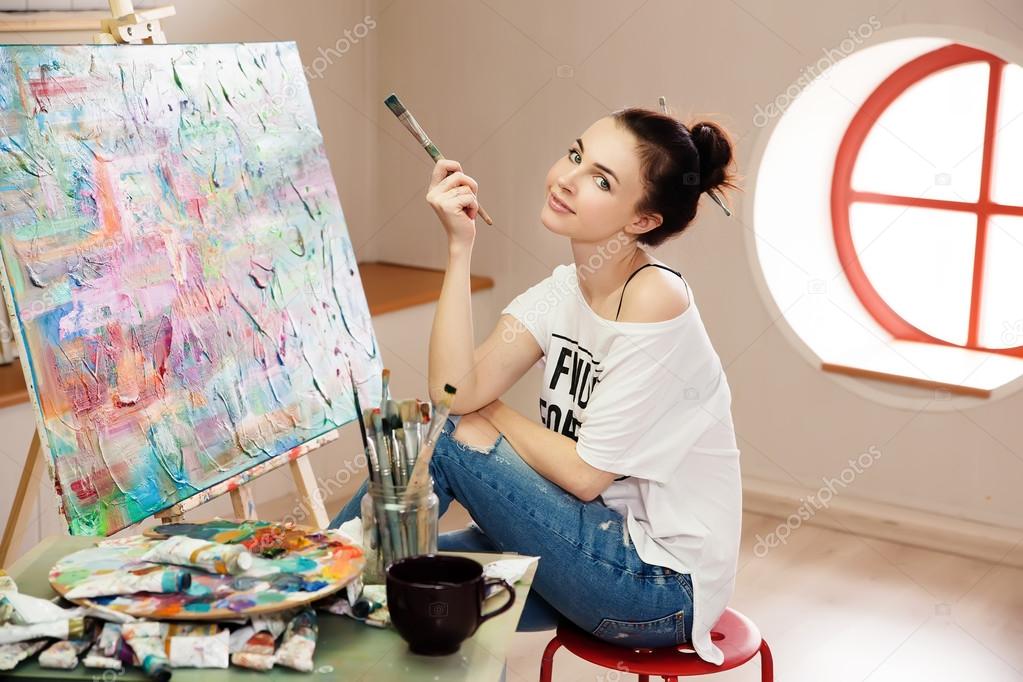Interview with Photo-based Painters: Captivating Conversations
Photo-based painting is a unique intersection of photography and painting, a blend that has intrigued many professional photographers and artists alike. In this interview with photo-based painters, we delve into the creative processes, inspirations, and challenges faced by those who sit at this artistic crossroads.
Continuing our exploration, professional photographers interested in expanding their artistic horizons might find this conversation particularly enriching. The synergy between photography and painting offers new realms to explore, granting photographers an opportunity to translate their captures into another medium, thereby offering a multi-dimensional view of the world.

The Creative Process
The journey of converting a photograph into a painting requires more than just skill; it demands a deep understanding of both mediums. Photographers, who often debate over whether their work should remain untouched or transformed, reveal how they decide which photographs will transition to canvas. Additionally, painters share how they incorporate photographic elements into their artwork, maintaining a balance between realism and artistic expression. For more insights, check out our thoughts on what is photo-based painting.
Challenges and Inspirations
Every artistic endeavor comes with its set of challenges. Photo-based painting, while rich in creative potential, is not without its complexities. From selecting the right materials to ensuring that the essence of the photograph is preserved in the painting, our interviewees share their experiences navigating these hurdles. They also highlight the inspirations behind their work and how photography has dramatically influenced contemporary art. Our article on famous artists is a great starting point for those interested in seeing how this practice has evolved.
Impacts on Modern Art
The impact of photo-based painting on modern art is profound. While some may argue about the 'purity' of transforming photos into paintings, the result is often a dazzling fusion that pushes the boundaries of traditional art. This blend provides a new narrative technique akin to visual storytelling, as detailed in this article. This nuanced art form poses intriguing questions about ownership, originality, and artistic expression.
The Future of Photo-based Art
Looking ahead, the future of photo-based painting appears vibrant, with many artists and photographers expressing a desire to explore this hybrid medium. The use of technology in art continues to expand, and this intersection with painting might signify burgeoning trends in digital and mixed media art forms. Consequently, the dialogue between photographers and painters is more relevant than ever as they seek to master the medium's potential. For those wishing to participate actively in this growing field, our guide on photo-based workshops offers practical advice.
Conclusion
This interview with photo-based painters underscores the convergence of different artistic perspectives, each contributing a unique voice to the art world. As photography continues to inspire painters, this dialogue will remain a critical component in how art evolves in the 21st century. For more detailed discussions regarding this art form's history, view our comprehensive overview on the history of photo-based painting.

Faq
What is photo-based painting?
Photo-based painting is an art form that uses photographic images as a starting point for the creation of paintings. This blend allows artists to expand their range of expression by fusing realism with interpretative painting techniques.
Is painting from a photo considered cheating?
Whether painting from a photo constitutes cheating is a matter of artistic debate. Many believe that it allows for creative interpretation and adds depth, while others argue for maintaining purity in traditional painting forms. Visit painting from photos for more perspectives on this issue.
How is photo-based painting affecting contemporary art?
Photo-based painting is reshaping contemporary art by introducing a narrative dimension that blends photographic realism with artistic abstraction. This evolution is paving the way for new styles and interpretations in the art world.

